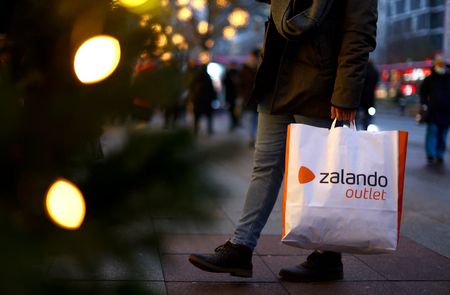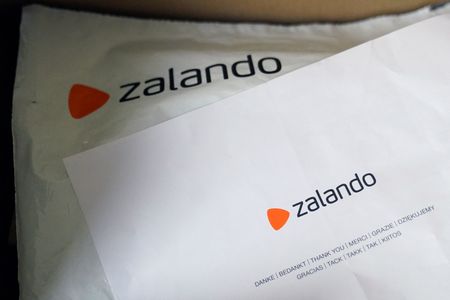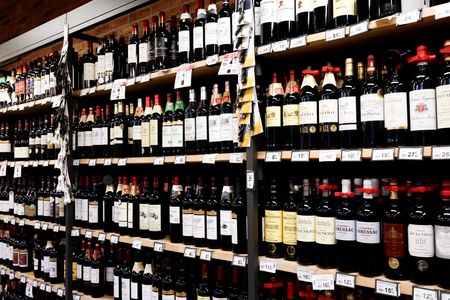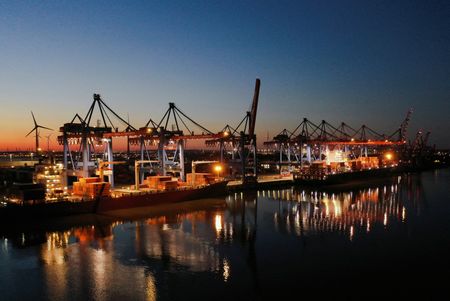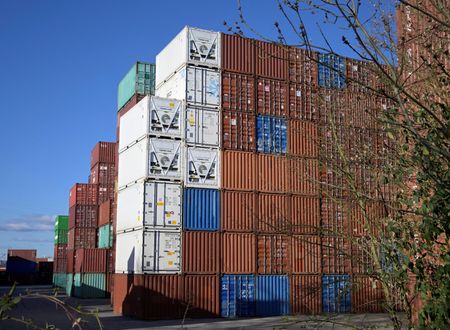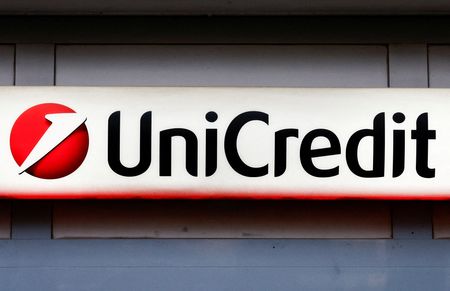By Linda Pasquini and Helen Reid
(Reuters) -Zalando on Tuesday reported a higher profit margin for the third quarter thanks to strong consumer demand and cooler September weather, as it focused on upmarket brands to fend off competition in the mass market.
The German online fashion retailer has been scaling up its logistics business, through which it sells its platform and network to other retailers and brands, to pursue new avenues for growth.
Quarterly revenue from its online fashion platform rose 4.3% to 2.2 billion euros ($2.4 billion), and revenue from its logistics business, which added British retailer ASOS as a customer, grew 11% on the year to 239.7 million euros.
“The whole industry saw a very strong start into the season, driven by different factors, one of course was the weather… becoming cooler and more autumnal,” Zalando’s chief financial officer Sandra Dembeck told reporters on a call, adding that fading inflation and lower interest rates also helped sentiment.
Dembeck said strong growth in September was continuing into the fourth quarter, though not at the same level.
Zalando’s operating profit margin increased by 2.9 percentage points to 3.9%, and the average order value on its platform was 61.1 euros ($66.50) in the third quarter, up from 58.8 euros a year ago.
“Zalando will have to prove its ability to continue to accelerate growth, beyond temporary weather-related tailwinds, in the coming quarters to please investors,” said Clement Genelot, analyst at Bryan Garnier.
Zalando confirmed its growth and profit outlook for the year, which it hiked in early October.
It expects gross merchandise volume – a key revenue metric for the total value of all goods sold on the platform – to grow between 3% and 5% this year, and revenue to increase between 2% and 4%.
“Whilst we expect sales growth to slow slightly in Q4, we believe Zalando is highlighting that it can increase both sales and margin,” Deutsche Bank analysts said in a note.
Zalando’s shares were down 1.4% in early trading.
The stock, up 28% since Jan. 1, has had a bumpy few years, surging during the pandemic when online shopping boomed and falling rapidly after COVID restrictions eased.
($1 = 0.9192 euros)
(Reporting by Linda Pasquini in Gdansk and Helen Reid in London; Editing by Mark Potter and Bernadette Baum)

